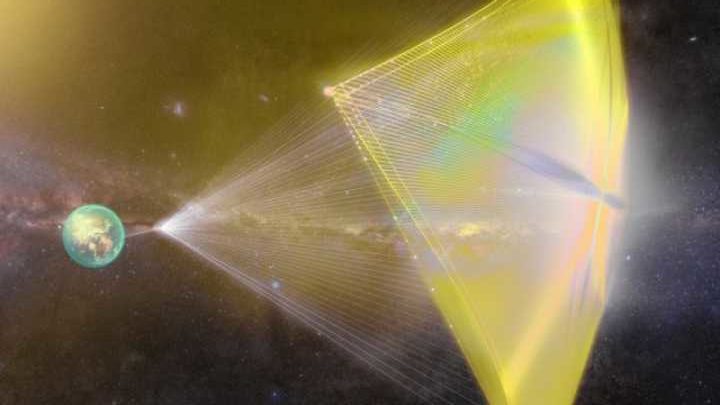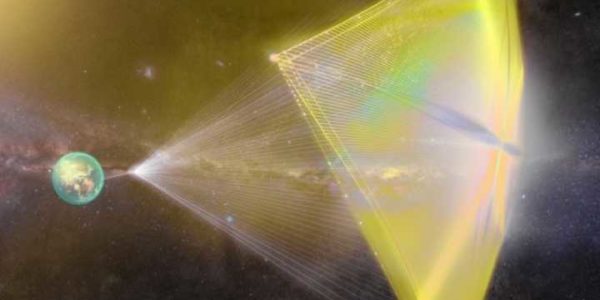

Last year, Stephen Hawking and Russian billionaire Yuri Milner came up with an ambitious plan to send a tiny probe to the star system Alpha Centauri, which should reach twenty percent the speed of light.
And if, in theory, achieving such a speed is possible, then the question of stopping at the destination remained open until a couple of European scientists announced that they had solved the problem.
In a new article published in the Astrophysical Journal Letters, physicist Rene Heller of the Max Planck Institute and scientist Michael Hippke have shown that radiation and gravity from Alpha Centauri stars can be used to decelerate a probe in such a way that the light sail is the engine of the nano probe. as it will hit the brakes, slowing down to the required speed in order to explore in detail the stellar trio of the system and even the earth-like planet Proxima b.
As part of the Breakthrough Starshot initiative, Milner plans to invest $ 100 million in an effort to develop an ultralight autonomous lightsail that can reach one-fifth the speed of light (60,000 km / s). It is planned that at this speed, a sail controlled by a robotic probe, will reach Alpha Centauri, the closest star system to Earth, in just 20 years (calculations of movement using modern engines showed a period of 100,000 years).
According to the initial concept, a small probe will be mounted on a small, meter diameter light sail and driven away from the Earth using a phased array of lasers. The energy generated by lasers can theoretically accelerate an object thousands of times faster than the fastest space engine.
The probe itself will be only a few centimeters in diameter, and its weight will be only a few grams. The sail will be square, very light and thin. It is planned that the radiation emanating from the Sun will push the probe in the direction of Alpha Centauri.
Despite the fact that scientists still have many technical obstacles that scientists still have to deal with before this mission is launched, they are full of optimism. For example, some of the ultralight materials required for the mission have already been produced in the laboratory.
“It may take us one or two decades to be able to build such interstellar light sails,” Heller said. 'The sail surface should reflect a visible spectrum from red to blue or more. This technology is not yet available, but great progress has been made in our laboratories over the past few years and we have discovered … materials that can reflect up to 99.99% of the light they receive. '
Sources: gizmodo






